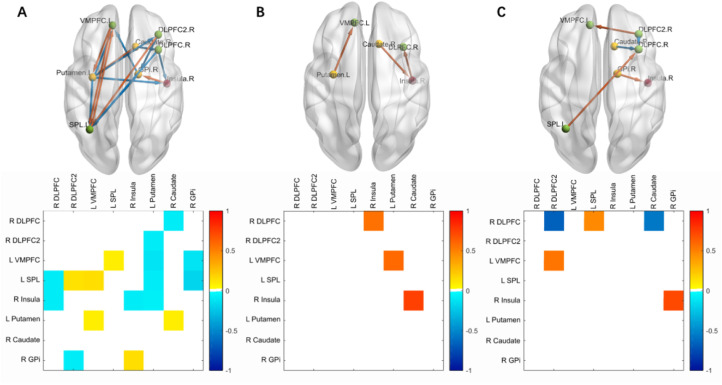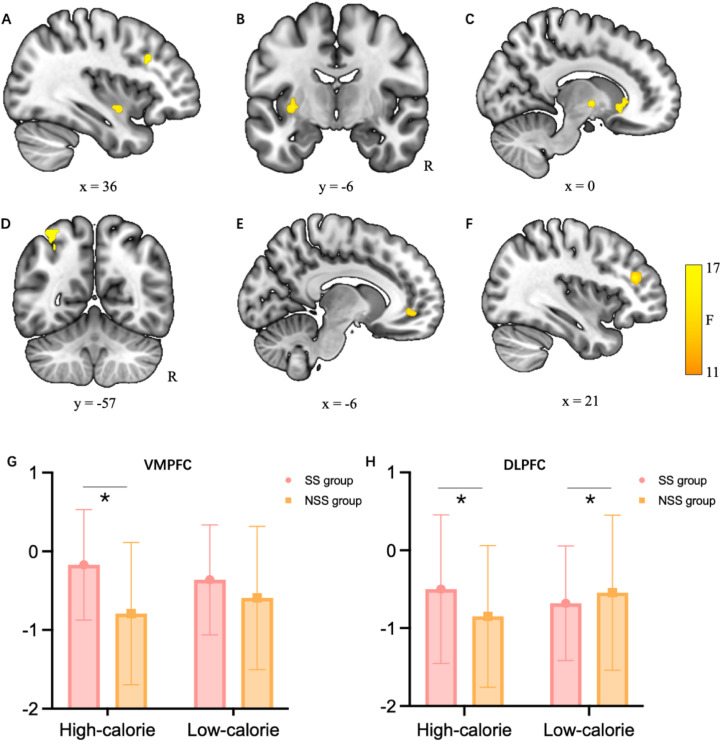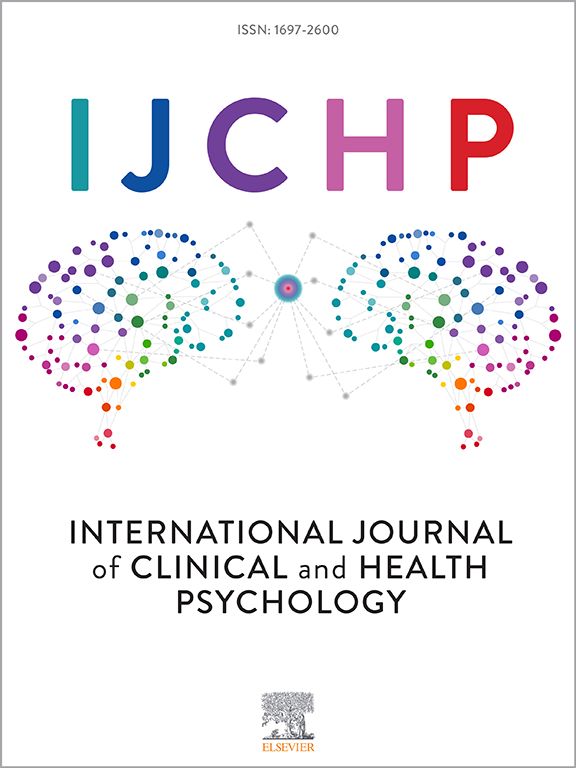Social support influences effective neural connections during food cue processing and overeating: A bottom-up pathway
IF 4.4
1区 心理学
Q1 PSYCHOLOGY, CLINICAL
International Journal of Clinical and Health Psychology
Pub Date : 2025-01-01
DOI:10.1016/j.ijchp.2025.100545
引用次数: 0
Abstract
Background
Social support helps prevent the onset and progression of overeating. However, few studies have explored the neural mechanisms underlying this pathway. This study used functional magnetic resonance imaging (fMRI) and dynamic causal modeling (DCM) analysis to elucidate the general neural mechanisms and effective neural pathways linking social support to alterations in food cue processing and overeating.
Methods
This study included 58 healthy, premenopausal female participants (mean age, 20.92 years), divided into social support (SS) and non-social support (NSS) groups. Participants underwent fMRI scans while performing the Food Incentive Delay (FID) task. We investigated group differences in brain activation and effective connections, as well as correlations with food consumption.
Results
When exposed to food cues, the SS group showed increased activation in the Executive Control Network (ECN), Salience Network, and Reward Network, specifically in response to high-calorie foods in the ECN. DCM analysis demonstrated enhanced excitatory effects in the SS group, including pathways from the right caudate to the right insula, right insula to right DLPFC, and left putamen to left VMPFC, under high-calorie conditions. The effective connectivity between the caudate and insula was negatively correlated with food choices.
Conclusion
Social support modulates a bottom-up neural pathway connecting intrinsic networks related to reward sensitivity, emotional salience, and inhibitory control, which helps suppress excessive cravings and intake of high-calorie foods. This study provides the first neural evidence for a shared neural basis between social reward and food reward.


社会支持影响食物线索加工和暴饮暴食过程中的有效神经连接:自下而上的途径。
背景:社会支持有助于预防暴饮暴食的发生和发展。然而,很少有研究探索这一途径背后的神经机制。本研究使用功能磁共振成像(fMRI)和动态因果模型(DCM)分析来阐明社会支持与食物线索加工和暴饮暴食改变之间的一般神经机制和有效神经通路。方法:将58例绝经前健康女性(平均年龄20.92岁)分为社会支持组和非社会支持组。参与者在执行食物激励延迟(FID)任务时进行了功能磁共振成像扫描。我们调查了大脑激活和有效连接的组间差异,以及与食物摄入的相关性。结果:当暴露于食物线索时,SS组表现出执行控制网络(ECN)、突出网络和奖励网络的激活增加,特别是在ECN中的高热量食物时。DCM分析显示,在高热量条件下,SS组的兴奋作用增强,包括从右尾状核到右岛、从右岛到右DLPFC、从左壳核到左VMPFC的通路。尾状核和脑岛之间的有效连接与食物选择呈负相关。结论:社会支持调节了一条自下而上的神经通路,连接与奖励敏感性、情绪显著性和抑制控制相关的内在网络,有助于抑制过度渴望和高热量食物的摄入。这项研究为社会奖励和食物奖励之间共享的神经基础提供了第一个神经证据。
本文章由计算机程序翻译,如有差异,请以英文原文为准。
求助全文
约1分钟内获得全文
求助全文
来源期刊

International Journal of Clinical and Health Psychology
PSYCHOLOGY, CLINICAL-
CiteScore
10.70
自引率
5.70%
发文量
38
审稿时长
33 days
期刊介绍:
The International Journal of Clinical and Health Psychology is dedicated to publishing manuscripts with a strong emphasis on both basic and applied research, encompassing experimental, clinical, and theoretical contributions that advance the fields of Clinical and Health Psychology. With a focus on four core domains—clinical psychology and psychotherapy, psychopathology, health psychology, and clinical neurosciences—the IJCHP seeks to provide a comprehensive platform for scholarly discourse and innovation. The journal accepts Original Articles (empirical studies) and Review Articles. Manuscripts submitted to IJCHP should be original and not previously published or under consideration elsewhere. All signing authors must unanimously agree on the submitted version of the manuscript. By submitting their work, authors agree to transfer their copyrights to the Journal for the duration of the editorial process.
 求助内容:
求助内容: 应助结果提醒方式:
应助结果提醒方式:


